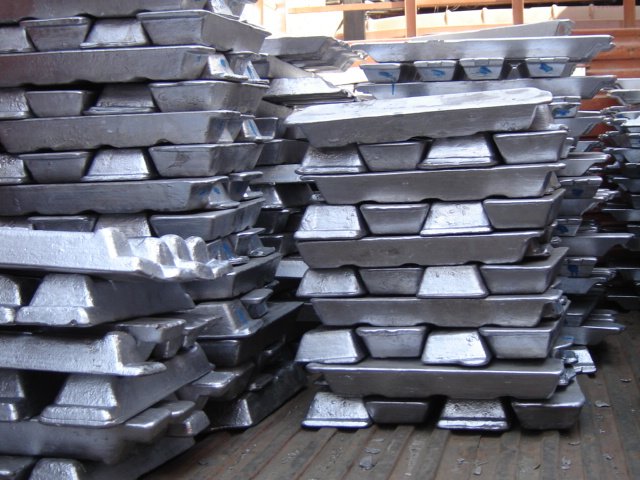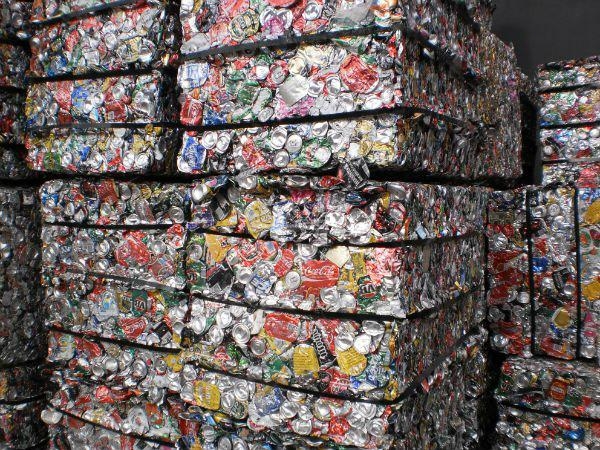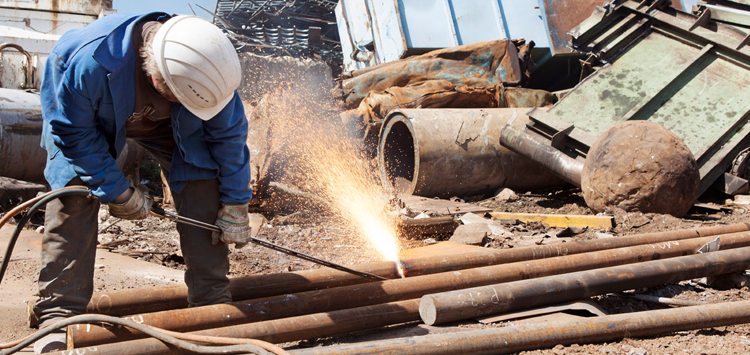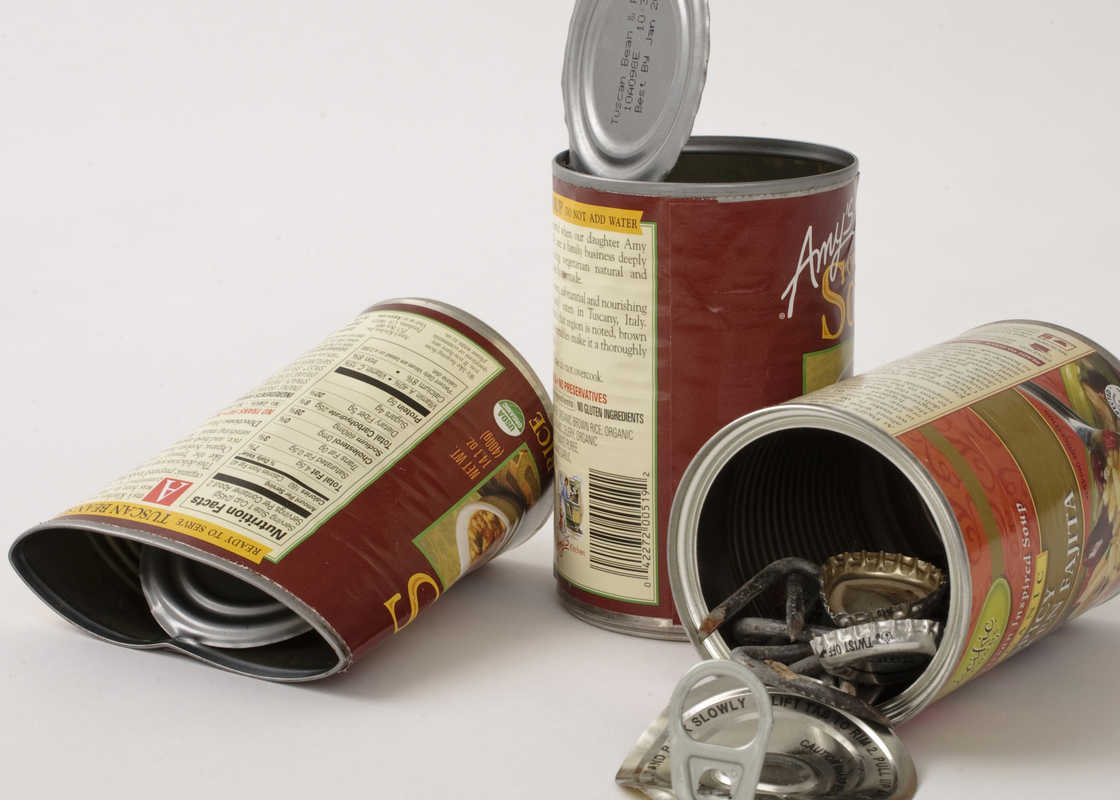Metal is a form of steel with greatly increased anti-corrosion properties compared to normal, or carbon, steel. This highly sought-after chemical property is due to the inclusion of chromium throughout the production of carbon steel. Without the addition of chromium, carbon steel, which is an alloy of iron and carbon, is highly prone to corrosion, as its iron content readily oxidises, or rusts, in moist conditions. Blue Bell PA
History
Throughout history, considering that the iron age, many attempt had been made to produce metals that had the strength of iron but that wouldn’t corrode over a relatively short period of time. Some attempts were more successful than others. It absolutely was formulated in the early 19th century and perfected in the early 20th century, is the greatest solution so far. In terms of strength, durability and availability, oahu is the obvious choice for designers and builders of countless products and structures, world wide.
Production
Just like all steel, is produced by smelting, a procedure that involves the extraction of iron from iron ore and combining it with a small percentage of carbon, when it comes to carbon steel, and with carbon and chromium in the case of metal. Other elements may also be included with further vary the chemical properties of the steel, such as melting point and tensile strength, etc .
Rust resistant properties
By adding eleven percent chromium to normal carbon steel alloy during production, stainless steel is formed. The enhanced resistance to corrosion is a result of the chromium in the alloy reacting with the surrounding atmosphere to form a layer of chromium oxide. This provides a protective shield on the surface of the metal that prevents, or greatly reduces, the destructive oxidising of the iron content of the steel.
Recycling
Again like most steel it has another useful property. It’s recyclable. Recycling is highly cost effective, as it’s cheaper than producing new steel from smelting and refining of iron ore. The savings are significant, and steel companies recycle steel as a matter of course. The source material for recycled steel is plentiful, and finds its method to steelmakers, via scrap dealers, junk removal companies in Blue Bell PA and recycling centres, who supply it in the form of scrapped cars, washing machines, refrigerators, cans, construction beams, rail tracks, and countless more discarded steel and iron based products.
Recycled metal has equally effective anti-corrosion properties, but due to residual impurities, certain applications are far more suited than others. Basic oxygen steel-making, for example , is just a process that uses around thirty percent of recycled steel in its steel production. The greater malleability of this steel finds uses in products and services such as cans. Recycled metal with greater residual content is less malleable, and is used in heavy construction.
For clean up after fires consider Dumpster Rentals for a cheap safe way to dispose of the construction waste.…









